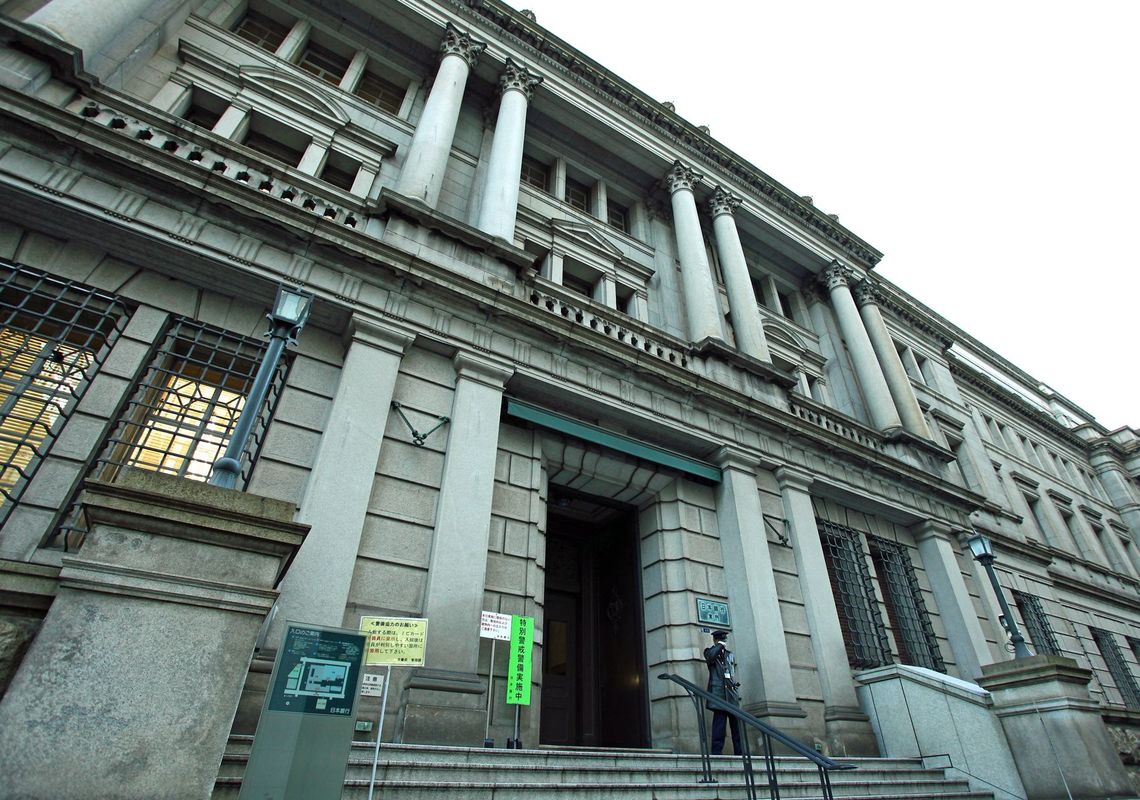
The economists in Japan have started holding an active discussion on how to reflect the real economy more accurately in the consumer price index (CPI) to prepare for its scheduled recalibration in August 2016.
It was one statement made in a meeting held by the members of Statistics Commission under the Cabinet Office that sparked this discussion.
In this meeting convened on June 25 to discuss about how CPI should be re-tabulated in the next revision, Eiji Maeda, Bank of Japan (BOJ) Chief Economist and director-general of Research and Statistics Department, stated that “the residential houses in this country are aging, but the overall quality deterioration of these houses is not reflected in the rent. This should be factored in as the downward bias (tendency to understate the inflation or overstate the deflation actually taking place) of CPI.”
What this statement is basically saying is that if the quality of a house is deteriorating but its rent is remaining unchanged, that would mean that this rent is rising in real terms. And according to his logic, the CPI as a whole should be pushed up 0.1 to 0.2 points after adjusting this bias.
Tokyo University professor, Kiyohiko Nishimura, who chairs this commission also followed by commenting that “the imputed rent is acting like an anchor pulling down the economic trend toward mild deflation (to around 0% on year-to-year basis).” (Nihon Keizai Shimbun, July 6 edition)
Is CPI biased upwardly or downwardly?
CPI is generally considered to have an upward bias (tendency to overstate the inflation or understate the deflation actually taking place). Consumers are inclined to purchase an item more when its price goes down, provided that its quality is maintained at an acceptable level. But since the weight applied on individual products for calculating this index is fixed until the next revision, the impact of increasingly purchased items that are falling in price remains underestimated in the index until the bias is adjusted.
Taro Saito, the head of Economic Research Department of NLI Research Institute warns that “it’s rare to discuss about downward bias since the prevalent view is that CPI is destined to be upwardly biased. What director-general Maeda pointed out holds water, but such argument coming from a key person representing BOJ that is apparently in support of pro-inflation policies makes me feel a little skeptical about the ongoing discussion.”
As a matter of fact, the core CPI (estimate based on the prices of sampled goods and services excluding volatile fresh food) that BOJ is using as the key gauge to judge the price changes has only gone up 0.1% in May, and is still far from its targeted 2.0%.
Coincidentally or not, BOJ began to post the price trends that “exclude fresh food and energy prices” in its Financial and Economic Statistics Monthly from July. Based on this most recent report, the prices in May were calculated to be up 0.7% from the same month a year before.
“BOJ has been recently quite successful in paving the way to guide the market toward its preferred direction” says Koya Miyamae, senior economist of SMBC Nikko Securities.
He analyzes that “since January, the Bank has managed to gradually spread the mind that the Japanese financial policy-makers are allowing the market interest rate to rise and are not keen about taking additional monetary easing measures.
They may be hoping that, by indicating that the rent is biased, this signal will trigger the economists to begin discussing about excluding rent as well from the future tabulation of CPI. That’s a likely scenario.”
Will there be another “CPI shock”?
On July 17, Ministry of Internal Affairs and Communications (MIAC) disclosed its 2015 draft plan for revising the statistical standards applied as the metrics for CPI reading, and began soliciting public comments for holistic review.
Among the various changes drafted in this plan, MIAC is proposing to add “self-service coffee drink” and remove “children’s lunch” from the list of goods and services used for CPI re-tabulation.
In several past updates of these metrics, CPI had been downwardly revised beyond the anticipated level, creating a confusion in the market referred to as the “CPI shock” by the media.
CPI not only serves as one of the key indicators for setting financial policy targets, but is also widely referenced as the legitimate grounds for determining the fair level of such as pension adjustments, minimum wages and public utility charges.
The consumers as well as the market need to keep a watchful eye on what this “thermometer” used for diagnosing the Japanese economic health is going to read next.
